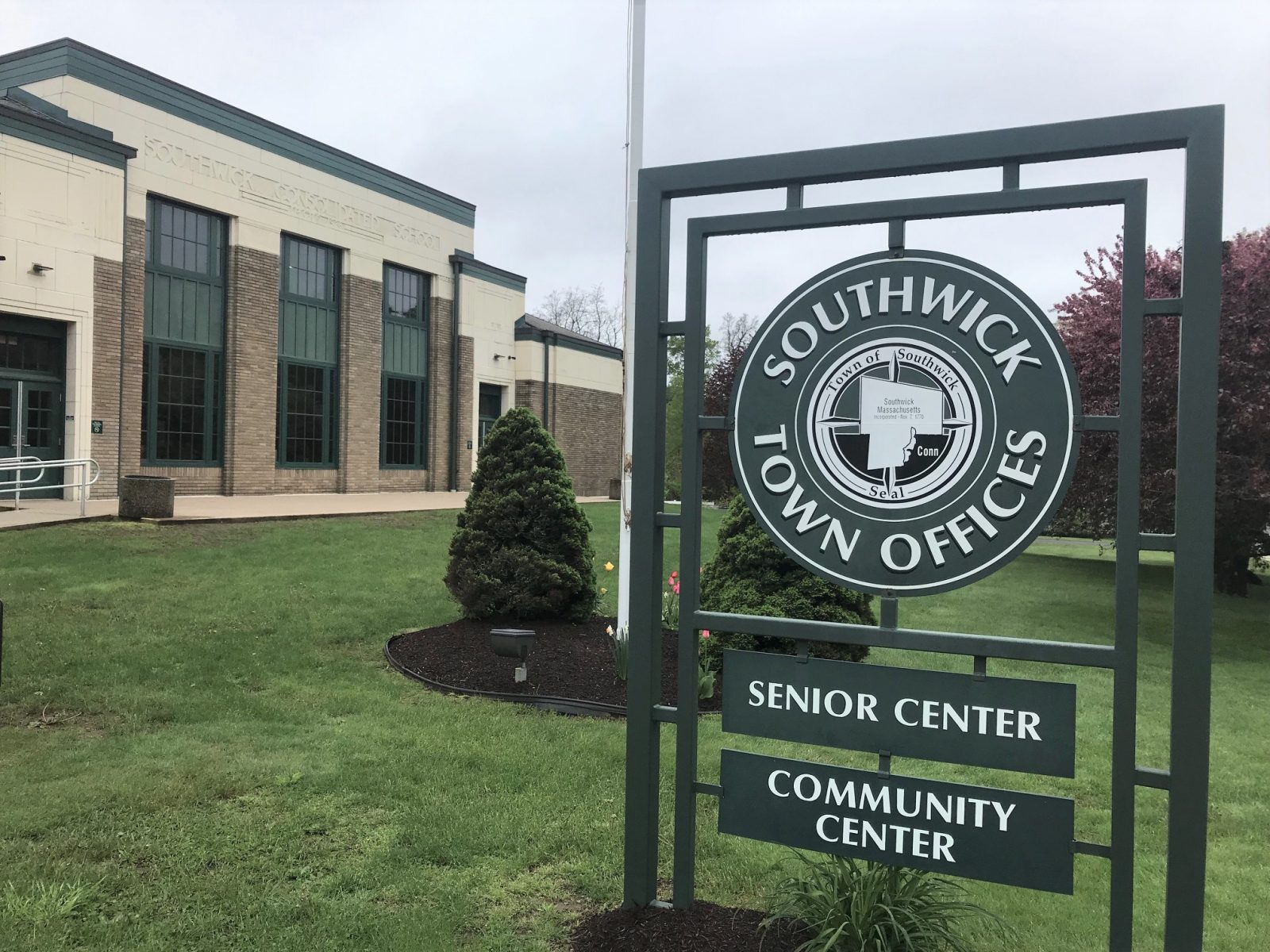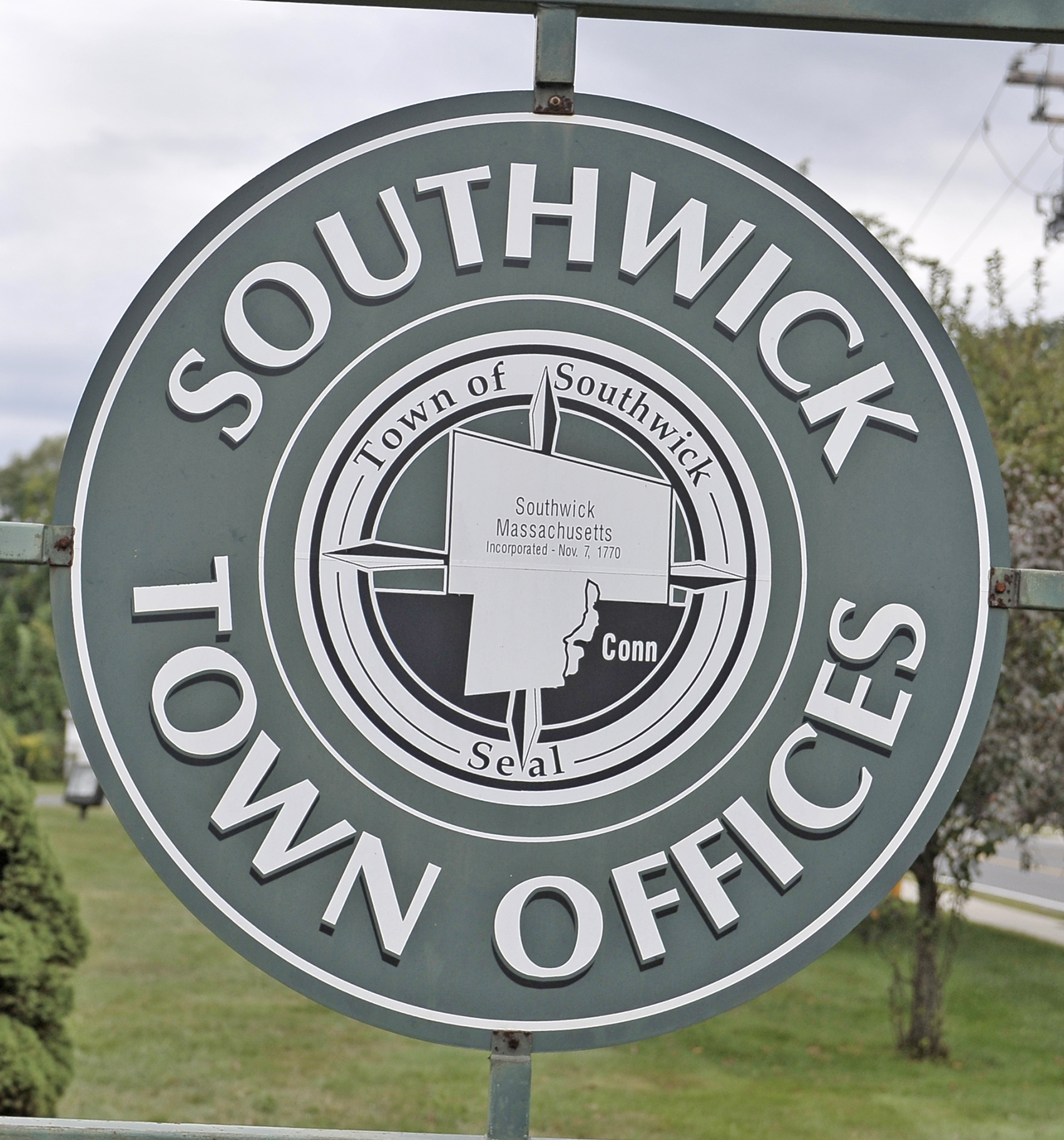SOUTHWICK – The Southwick Select Board unanimously approved a residential tax factor of one Oct. 20.
Board of Assessors Chair Paul Connolly recommended that the town maintain the factor of one, which means both residents and businesses are taxed at the same rate rather than a split rate.
The current rate is $17.49 per $1,000 of valuation for both residential and commercial/industrial property.
Selectman Russell Fox made the motion on Connolly’s recommendation, with Board Chair Douglas Moglin and member Joseph Deedy in agreement.
“I believe this is appropriate for the town of Southwick,” said Fox.
Moglin noted that the tax factor and consideration of a split rate has been discussed many times in the past.
According to the Board of Assessor’s page on the town website, assessors are required by Massachusetts law to value all real and personal property within their community. They value every property, from single-family residences to commercial and industrial enterprises.
Assessors do not make the laws that affect property owners. Tax laws are enacted by the Massachusetts Legislature. Guidelines and regulations to implement the legislation are established by the Massachusetts Department of Revenue. Assessors follow the procedures established by others to set the value of property. Value is set by property buyers and sellers as they establish the worth of comparable properties through their transactions in the real estate marketplace. Assessors do not determine taxes.
The level of property taxation is determined by the Town through its Town Meeting. Similarly, the Assessors don’t decide who is entitled to relief on their property tax bills through exemptions; Assessors simply follow the Massachusetts state law. Valuation in Massachusetts is based on “full and fair cash value,” the amount a buyer would pay a seller on the real estate marketplace.
Assessors must collect, record, and analyze a great deal of information about property and market characteristics in order to estimate the fair market value of all taxable properties in their communities. Properties such as churches and educational institutions are also valued, even though they are exempt from taxation. Size, type, and quality of construction, number of rooms, baths, fireplaces, type of heating system – are all examples of the data listed on individual property record cards before the valuation process can begin.
Assessors may not have to go inside each property before every revaluation if records are kept up-to-date and building permits are checked and recorded for changes in individual properties. Finding the “full and fair cash value” or “market value” of a property involves discovering what similar properties are selling for, what the property would cost today to replace, and what financial factors, such as interest rates, may be affecting the real estate market.
Valuation techniques for commercial and industrial properties also include analysis from an investment point of view, since the purchase price the buyer is willing to pay depends in part on the return he/she expects to receive. Assessors submit the community’s values to the Massachusetts Department of Revenue every five years for certification. Values are maintained by the Assessors during the years between certifications so that each property taxpayer in the community pays his/her fair share of the cost of local government – no more or less – in proportion to the amount of money the property is worth.
The Town Meeting adopts a budget that reflects the funds to be raised through the levy and the additional funds from other sources, such as state aid and local receipts from fees and user charges. Finally, the amount to be collected from the property tax (called the “levy”), is divided among the local taxpayers in proportion to the value of their property







